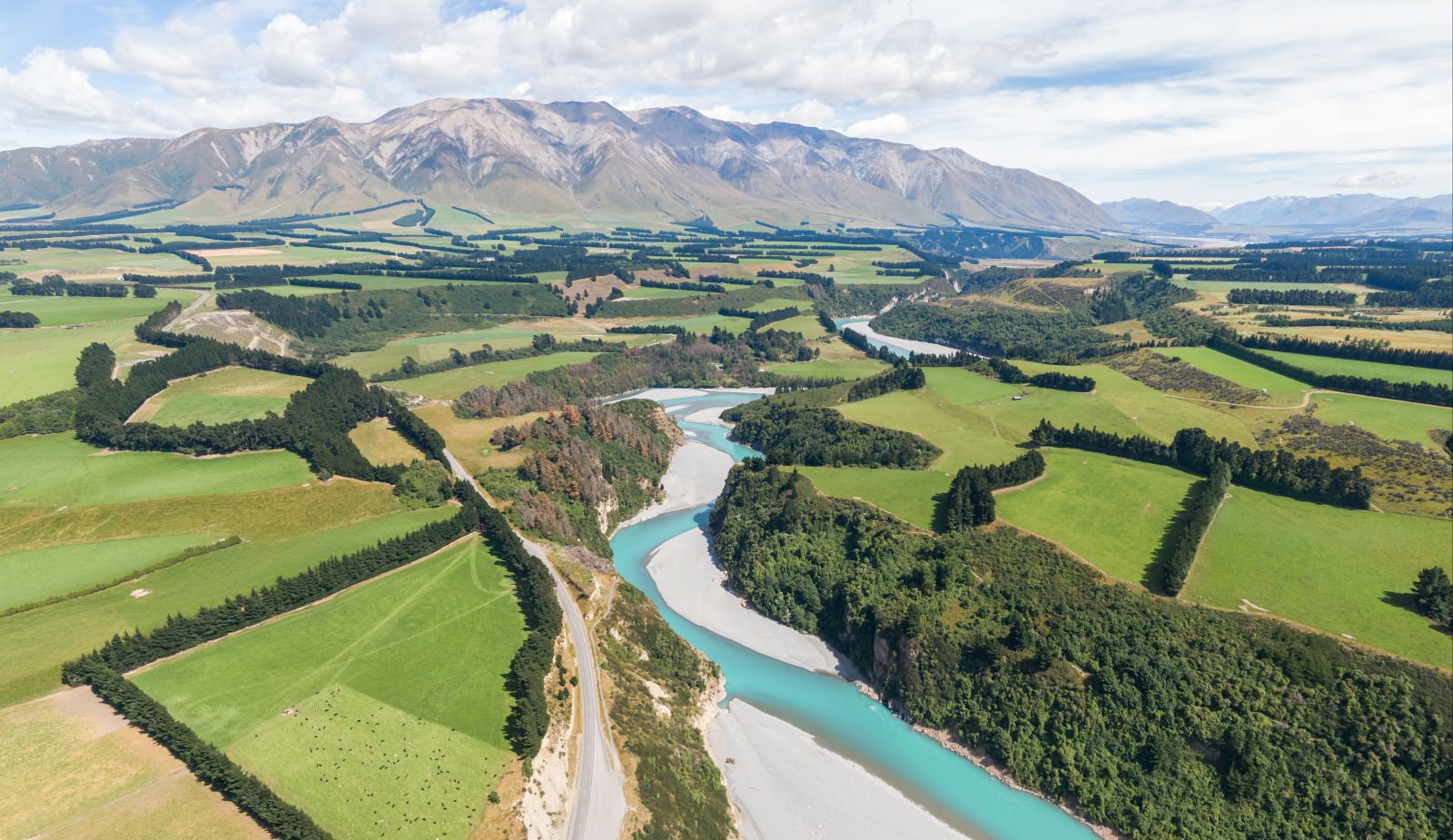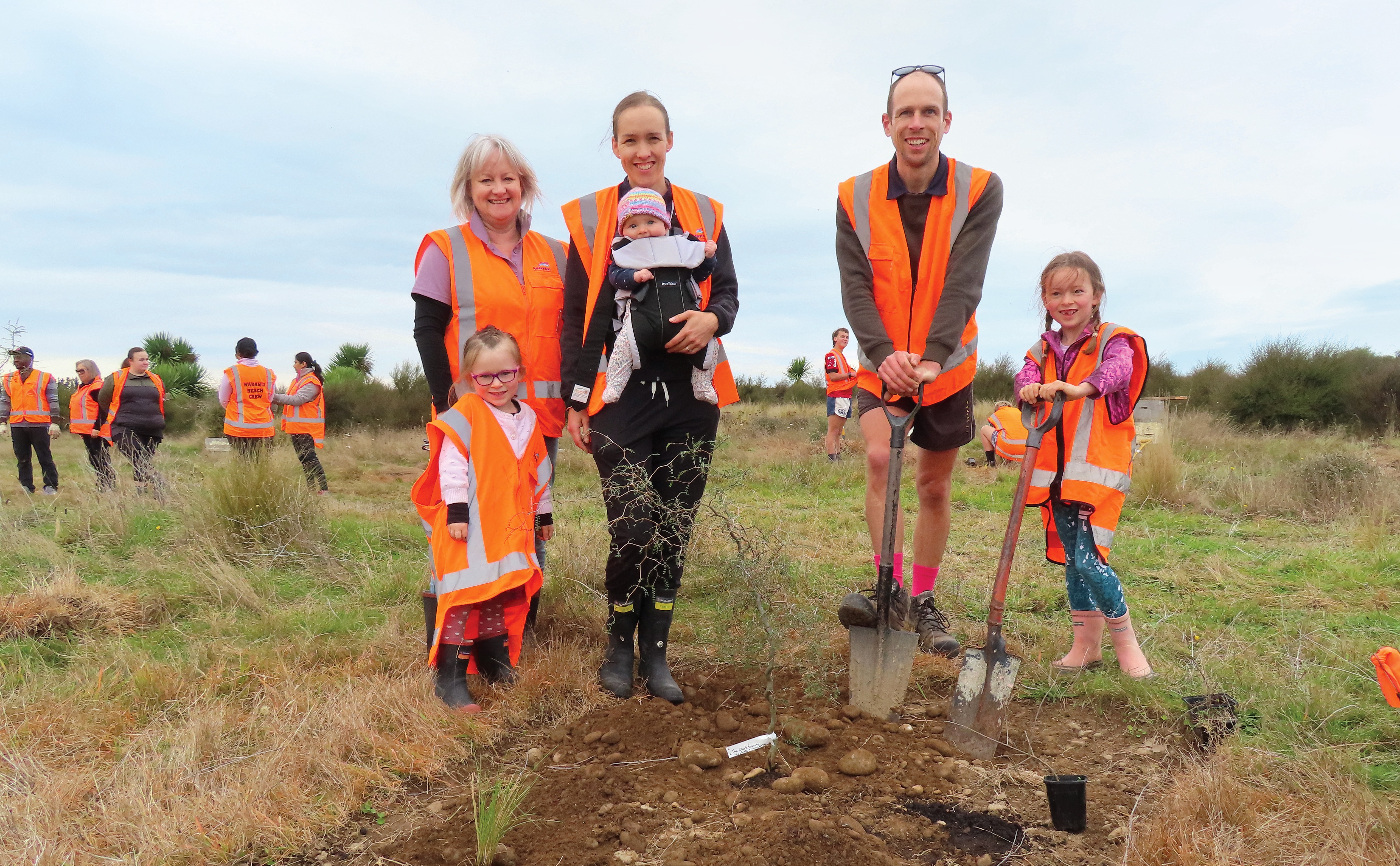Biodiversity Strategy 2024
Our Natural Place
The Ashburton District is bordered by the Pacific Ocean in the east, Southern Alps in the west, the Rakaia River in the north and the Rakitata (Rangitata) River in the south. It is a district that identifies itself with these special natural environments and at the same time relies on them as the backbone of our economy.
While parts of the district are rich in biodiversity, our indigenous biodiversity remnants on the plains are acutely threatened. Managing these threats requires a collective action to ensure that the processes for species survival are in place and biodiversity is thriving.
This strategy, Our Natural Place, is a community-led initiative to preserve the remnants of indigenous biodiversity in the Ashburton District, which provide us with ecosystem services and functions. It also contributes towards Council’s wider community outcome of “He taiao toitū - A balanced & sustainable environment”, sustaining people’s connection with nature and our climate change resilience initiatives.
The purpose is to ensure that our current and future biodiversity is protected, restored and enhanced; and to encourage people to value, care and respect it.
We can achieve these objectives by connecting people to the natural environment and by introducing indigenous species for ecosystem restoration, new greenfield development, township landscape design, stormwater channel enhancement and shelterbelt planting. This strategy shares ownership for protecting our district’s environment equally among the community.
This shared ownership requires us to work together- whether that’s volunteers helping at a planting day, Manawhenua sharing their knowledge on taoka species, Council funding projects through biodiversity grants and stakeholders collaboratively engaging with schools to improve environmental education. Urban residents, farmers, developers, agencies, Council and community groups all have an important role in implementing the actions of this strategy.

